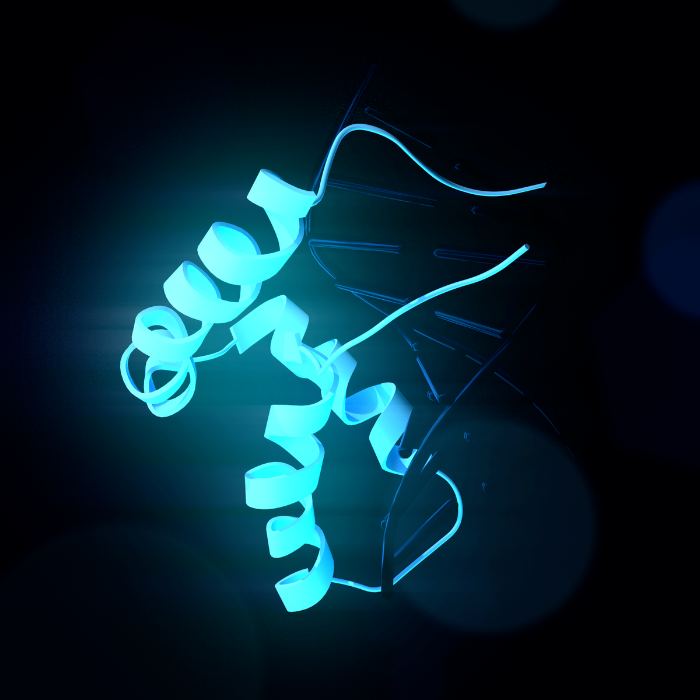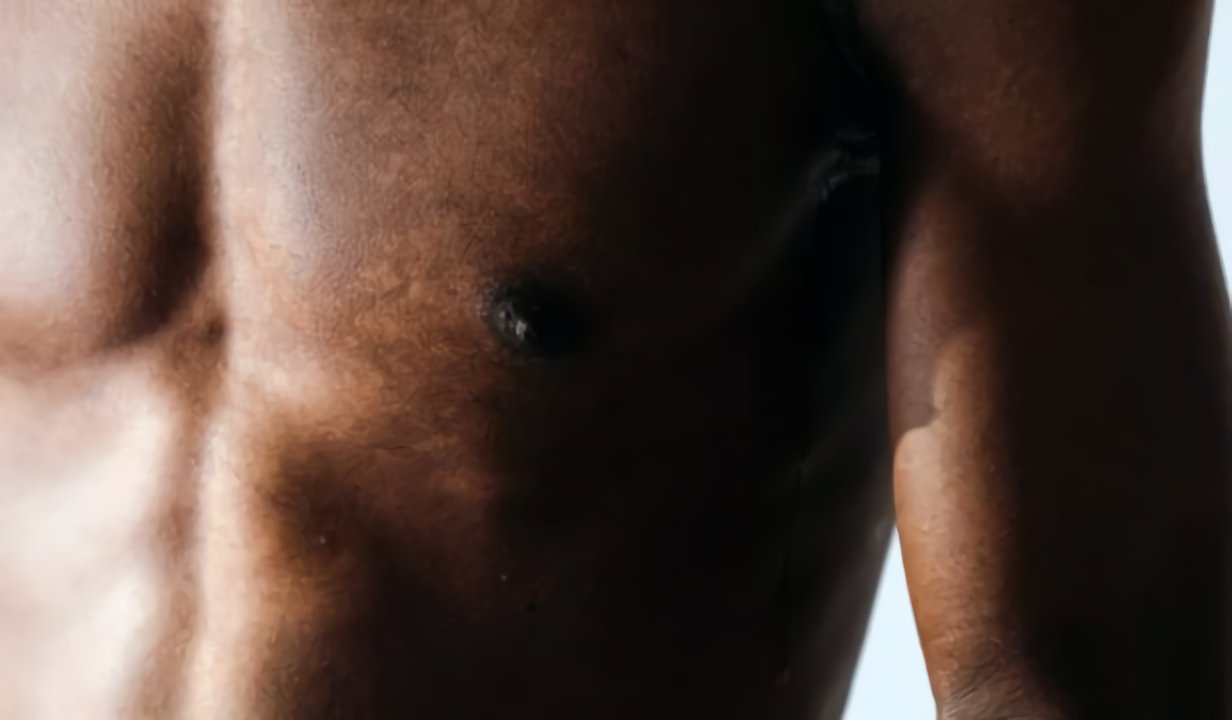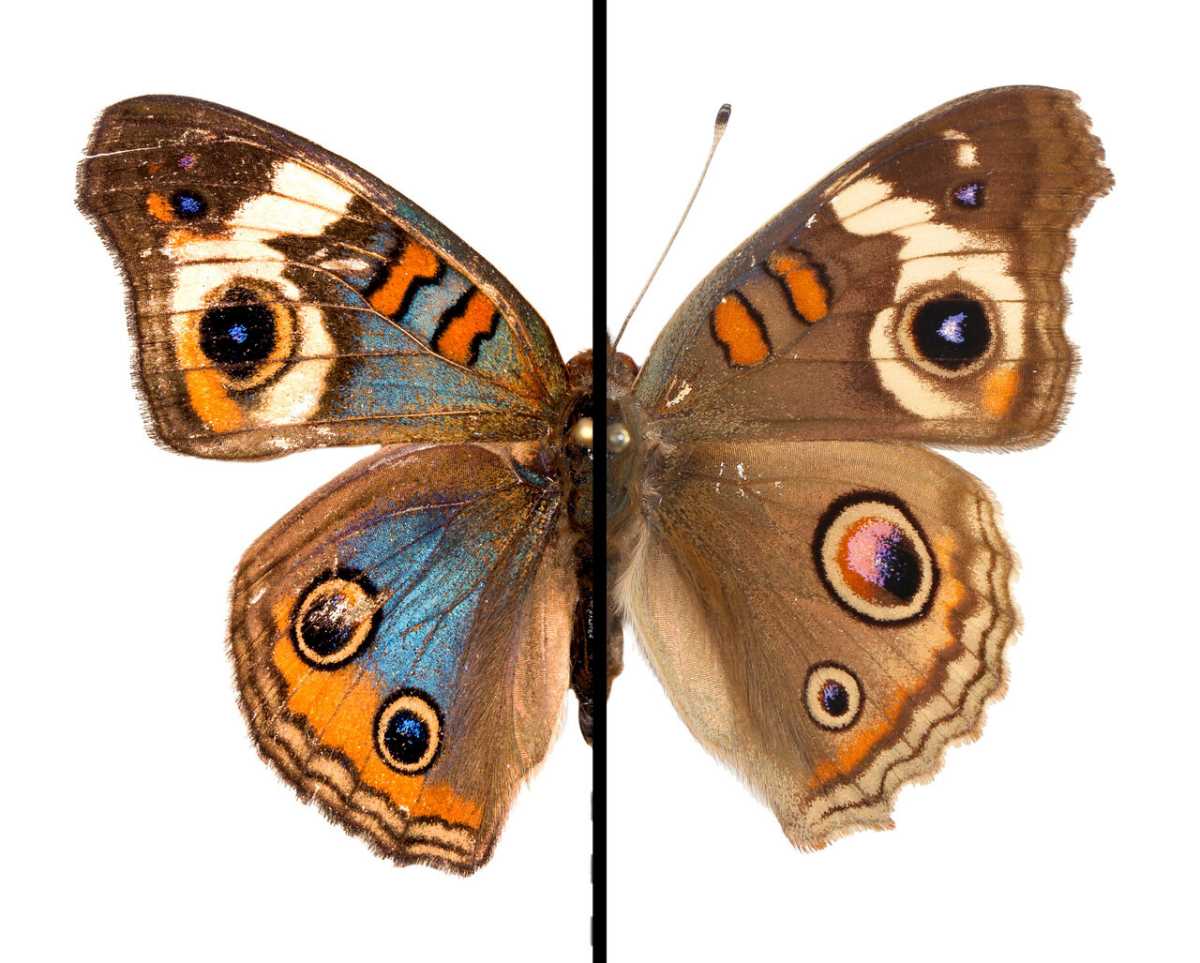We all know the old saying that men already have their hands full just trying to make bottles for their infants. If they also had to nurse, they wouldn’t have a chance. Thankfully, nature has saved them the trouble by just giving them two little pink bumps on their chest to serve as nipples. When considering the function of every part of the human body, the nipples on men may stand out as the most pointless. But why did nature retain them if they didn’t provide any milk? Just a matter of style, then?
Why do males need nipples? Except for maybe looking good on their chests, they have no practical use. And even then, this is only for the most muscular of them. Male nipples could have been lost to evolution since they are incapable of producing even a trace of milk. However, mother nature disagreed and insisted on keeping them where they belong. But to what end did this occur?
Nipples have to be traced all the way back to their beginnings so they can be properly understood. The point of this starts even before a baby is born.
Nipples are always there

During the earliest stages of development, embryos of both sexes contain basic structures that may eventually become either male or female reproductive organs (or rarely both). Whether a newborn is born male or female is determined by a combination of genes. An important master gene is located on the Y chromosome’s short arm and is known as SRY (sex-determining region Y).
About seven weeks during embryonic development, SRY is switched on. When turned on, it causes the female reproductive system to disappear while also causing the male reproductive system to develop.
However, breast and nipple development start between weeks four and six, far before the SRY gene is turned on. When this happens, there are two bumps (mammary ridges) between primitive axilla and groin. Thus, even when the mammary ridge fades later in male development, the cells that produce the primitive nipples and the nipple smooth muscle still persist in that area. The remaining cells develop into the complete breasts and nipples.
According to other scientists, nipples exist on men because the area is very sensitive for certain people. And our bodies’ erogenous zones seem crucial for reproduction.
An early stage of development
In the initial few hours following fertilization, the embryo undergoes rapid and dramatic changes. Nipples are a part of normal male and female development up to a particular age. Paleoanthropologist Ian Tattersall from the American Museum of Natural History in New York, USA, says, “To put it simply, men and women are all built from the same genetic blueprint.”
However, distinctions start to become visible during the sixth and seventh weeks of pregnancy. This is because of Y chromosomal genes, which are only found in males. These predisposed male genes eventually promote testicular growth, leading to the production of the hormone testosterone. Multiple effects on the developing embryo are brought about by the chemical.
Its masculine traits mature and its genitalia fully form, but any potential for a future feminine identity is hindered. And the nipples still persist after this abrupt halt. There is no way to remove them after they have been set. The emerging male will wear them like badges of honor for the rest of his life.
Infant males and females have identical nipples and breasts. Only in puberty, when hormones are at work, do they start to alter. Both sexes experience a growth in the size of their nipples, albeit the female nipple expands more. As the female breasts enlarge and change form, the male ducts contract. The mature male nipple is smaller and more uniform in shape than the female counterpart.
What accounts for the evolutionary survival of human nipples?
In humans, a child receives one copy of each gene from each parent at birth. Thus, a boy’s inherited characteristics should be a blend of his parents’ characteristics. From a genetic perspective, we must then ask backwards: how can men and women differ if genes are acquired from both parents?
Common examples of sexual dimorphism are the different plumage colors seen in birds and the varying sizes of male and female insects. Unless the same feature (color, for example) in men and females has been genetically dissociated, it is impossible for such disparities to arise.
This occurs when a characteristic is controlled by a distinct set of genes in males and females, when the relevant genes are situated on separate chromosomes, or when the genes’ expression has become conditional on environmental factors (if the genes are in a male or female genome). Evolutionary geneticists often assess a statistic known as genetic correlation, which represents the assumption that two qualities (here, in men and females) have a common genetic base. As a matter of course, evolution works on the assumption that sexes are genetically similar.
If the attribute is vital to the reproductive success of both men and women, yet the better or ideal trait is different for a male and a female, then we have a case of decoupling between male and female features. If the trait is essential in both sexes and has a comparable “optimal” value in both, then decoupling is unlikely to develop; conversely, decoupling is likely to occur if the attribute is important in one sex but not the other.
This is especially true for nipples. If you look at their reproductive success rates, it’s obvious that they have a distinct edge when it comes to females. The occurrence of nipples in men is likely best described as a genetic connection that survives owing to a lack of selection against them, rather than selection for them, given that the genetic “default” is that males and females share features. What this means is that evolution has not eliminated the male nipple for any reasonable cause.
Don’t fix something that isn’t broken
For what reason did mother nature make this choice? Men’s nipples aren’t very attractive, but they’re not exactly a waste of time either. Because having nipples doesn’t have much of an effect on your metabolism. Then, why get rid of something that has no purpose, does no harm, and provides no benefit? Perhaps they provide a touch of sexiness to otherwise macho physiques.
Sadly, this seems like a bit of a delusion that may end up costing a lot for some men. Because males may also have breast tumors, the disease is not limited to females. But male breast cancer accounts for fewer than 1% of all instances, and the chances are much lower for men who live healthy lifestyles.
Two of the most significant contributors to breast cancer are excess weight and alcohol intake. The key to maintaining toned nipples is a healthy diet and limited alcohol use. Those are literal “nipple-breakers.”





